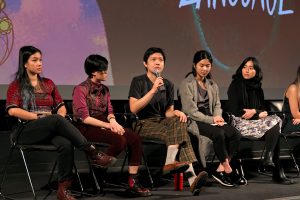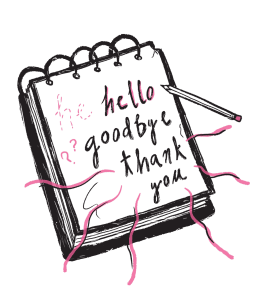[For three days in Fall – Emily Carr’s campus welcomes Vancouver Art and Book Fair. Discorder spoke with the director Lisa Curry and marketing coordinator Erica Wilk. Unfortunately, the fair coordinator Helen Wong and technical coordinator Katayoon Yousefbigloo could not be in attendance. The Vancouver Art and Book Fair is a non-profit organization that celebrates all publishing from zines, comics to books.]
Alexis: What are the challenges you encountered when curating a virtual festival?
Erica: Everything. I think initially, even the decision to go virtual was challenging.
Lisa: We had a meeting fresh into quarantine and decided that for the benefit of the organization and our well-being to go online versus moving forward as expected. Building the website was quite a challenge, but we did have a great team who walked us through the entire process.
Alexis: I did find the website simple to navigate, while also bold in terms of design and colour scheme.
Erica: One of our priorities was keeping it simple and making it as accessible as a tiny non-profit with a limited budget.
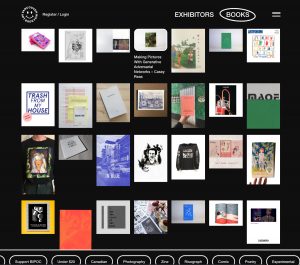
Alexis: My favourite part of VABF is meandering around the seemingly endless rooms and getting to know all the different creatives. How are you keeping the same feel for attendees of the virtual festival?
Lisa: Creating a digital community and an experience where people want to spend a lot of time was vital to us during design. We included various features, such as a chat feature and some hidden digital programming. The chat feature will be a very successful add-on this year. You do not always get to talk to an exhibitor; maybe there is a line-up of people, or you are shy. In the digital version, there are more possibilities to engage.
Erica: As an attendee, you can create a profile, save events, make a schedule to print off. You can also navigate through a bird’s eye view of the tables. There is a point system set up for attendees to gain different levels, sort of like a game. The digital version of wandering through tables, except the more exhibitors you view and talk to, the more points you get. There is a surprise me, roulette version. Also a catalogue of all the books is on the site.
Alexis: I love that you created the Vancouver Art and Book Fair experience into an entertaining interactive game versus just clicking on a bunch of buttons. My next question is with regards to accessibility, seeing as VABF is a free event that anyone can attend. There are barriers to accessing an online festival, such as an internet connection and a laptop. How are you working to overcome these barriers?
Lisa: We are working on accessibility barriers for the website. We have not set up an option for those without access to technology.
Erica: There is a custom mobile version. Unfortunately, still only available to those with cell phones and internet or data. 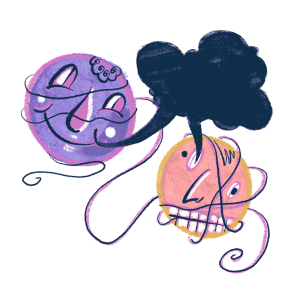
Lisa: If we end up doing a second digital edition, given circumstances that are entirely out of our control, potentially, there would be an option to do some socially distant screenings.
Alexis: With the changing times, technology is a requirement to stay connected with virtual events. How is VABF ensuring that the virtual festival attendees can get that wonderful one-on-one experience with their favourite zine-creator or comic book artist?
Lisa: A part of the programming, we have a secret chat room with a schedule of moderators who will be present. Through social media, people can engage with exhibitors.
Erica: We have a YouTube channel through which the program will be streaming live each day with a chat to interact with presenters. Another way to connect is through the #vabfvirtual tag on social media. Anyone in the world can post their book, zine with this #, to appear on the website over the weekend.
Alexis: I am happy to hear that you found ways to make the Vancouver Art and Book Fair accessible worldwide. How do you think a virtual VABF will impact folks that are neurodivergent or living with a disability?
Lisa: I think the online version, in general, makes it more accessible. Being digital has allowed us to offer features such as sign language interpretation and live captioning, which has never been part of our programming before.
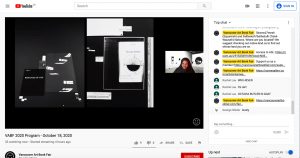
Erica: A virtual fair is naturally scent-free, which can be an accessibility barrier. In terms of time, the program is available all day for people to tune in for a morning program at 9 pm, even though they will not be able to ask live questions. We are encouraging our exhibitors to include image descriptions as we do with the alt text.
Lisa: The live fair itself is busy and can be overstimulating. To be available to view the fair at home individually or with family is a much quieter environment to enjoy these publications.
Alexis: I remember when I went last year, it felt claustrophobic, and there was only a certain amount of time I could spend inside the building before I felt overstimulated and had to go outside to get fresh air. Especially when you go on a Saturday during peak hours, it tends to be busy. There is a lot there, and it feels like you need to go the three days to get the full experience, which is not possible for many folks who work weekends. Now with only eight days left until the virtual fair, how are you feeling? Erica: We are excited and nervous.
Lisa: Excited and a little overworked, everything tends to culminate in the last month and around this time, the public and the media become more 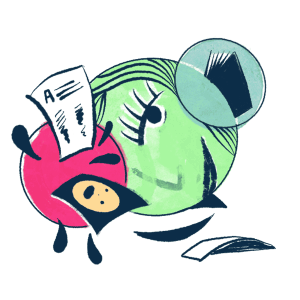 involved. Erica, Helen, Katayoon and I have been working together for years, and we have a tight-knit team, and they are some of my best friends. It is the best time of the year.
involved. Erica, Helen, Katayoon and I have been working together for years, and we have a tight-knit team, and they are some of my best friends. It is the best time of the year.
Erica: And after we get Halloween — it is a win-win, in my opinion.
Alexis: Definitely, I am looking forward to it. There are many different virtual talks that VABF features this year. Which one are you most looking forward to attending?
Lisa: I am super excited about the program because I get to see it this year. Usually, I am running around trying to find water bottles for volunteers. This year, there is a range of programming, everything from introductory workshops to keynote speakers. The program curator is Vivian Sming of Sming Sming Books, who resides in the Bay Area. I am very excited for our keynote speaker Cecilia Vicuña, a poet and an art-book artist previously exiled from Chile during the Pinochet regime. We also have a Wikipedia edit-a-thon by Black Lunch Table followed by a two-hour working group — this is one of the first times we have had an interactive program. In addition to presentations, we have artist projects. I am most excited about Neta Bomani’s direct action for prison abolition digital zine.
Erica: I could list all the programs right now but Lisa already mentioned the ones we would like to highlight.
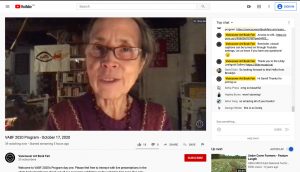
Alexis: Those all sound incredible, is there anything else you want to add?
Erica: We are excited for everyone to come to the fair.
Lisa: We are a non-profit. Vivian, our guest curator, is paid an honorarium and has put in so much work to support this project. Same with our website designer and developer. They donated a lot of their time, and we would not be able to present a project like this without that kind of support from the people involved. To support exhibitors, we dropped our table fees for the digital edition from $150–200 (2019) to $25, which includes a VABF membership. It was especially important this year to reduce barriers to entry.
Erica: On that note, if people want to support us, they can become VABF 25 or 50 members and basically, you get a bunch of unique perks from sponsors. Most of the staff has two or three jobs, and we want to keep the fair open to the public, free and accessible.
Alexis: That sounds great; we appreciate all the work, Lisa, Erica and your entire team have dedicated to transforming Vancouver Art and Book Fair into a virtual and accessible online platform with all the fun and engaging features.


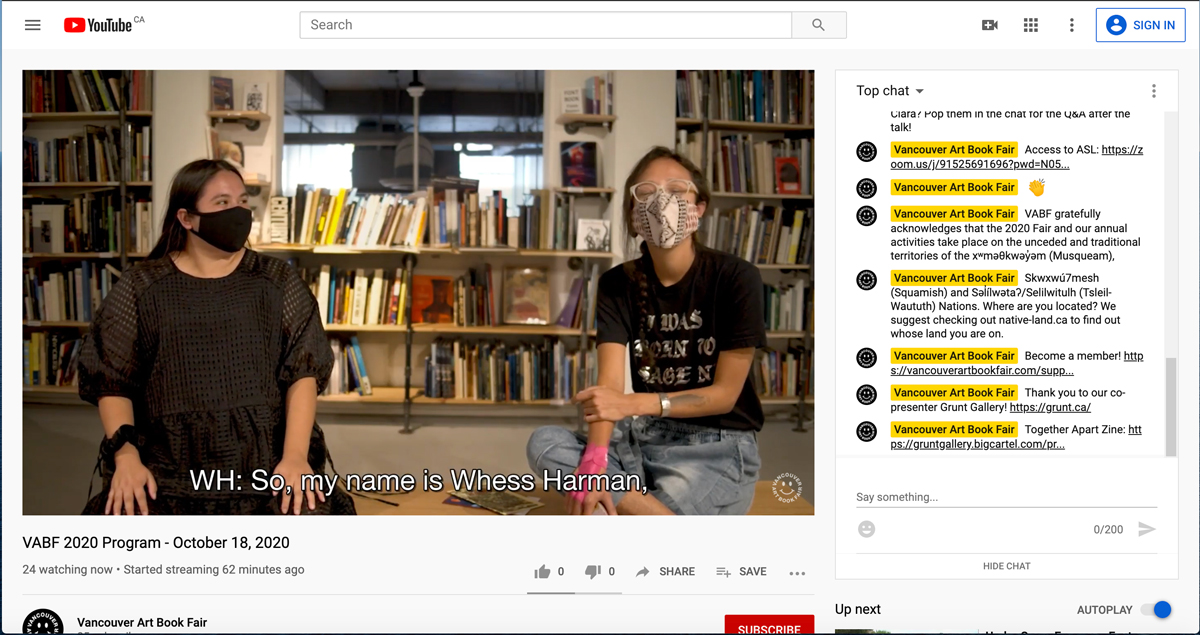
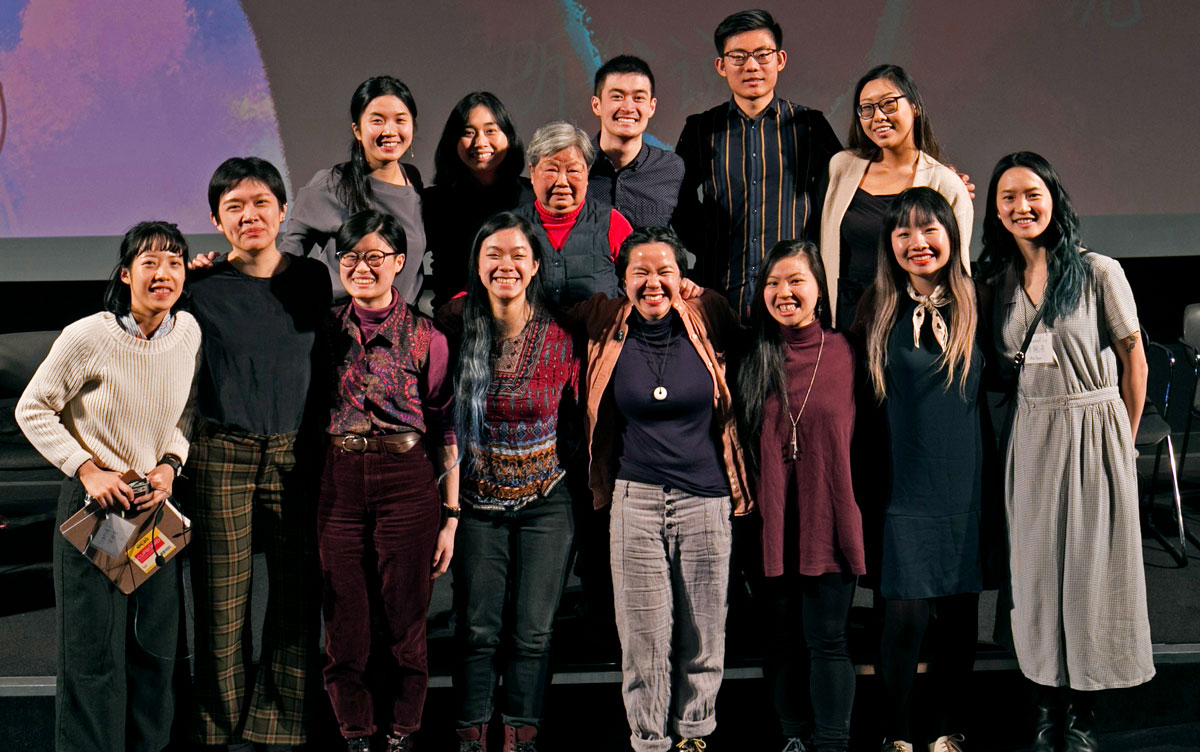
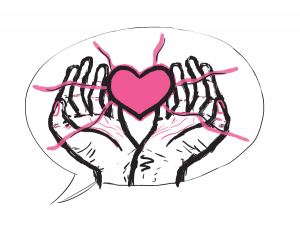 seniors to share their experiences of language and cultural barriers in accessing healthcare, while exploring individual and collective healing and envisioning a culturally accessible healthcare system.”
seniors to share their experiences of language and cultural barriers in accessing healthcare, while exploring individual and collective healing and envisioning a culturally accessible healthcare system.” 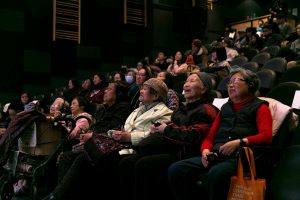
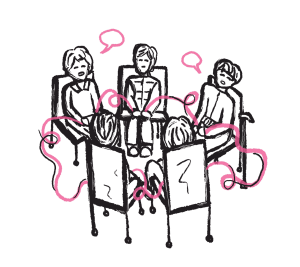 There was also a sign language interpreter and simultaneous interpretation headsets for non-English speakers at the launch that frazzled volunteers ran around passing out.
There was also a sign language interpreter and simultaneous interpretation headsets for non-English speakers at the launch that frazzled volunteers ran around passing out. 